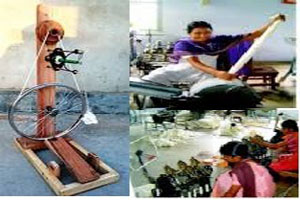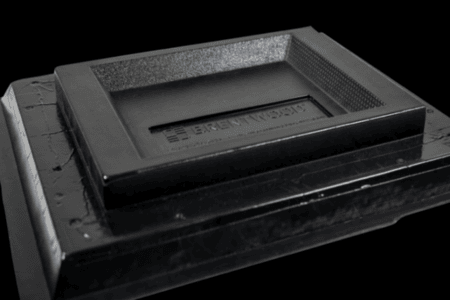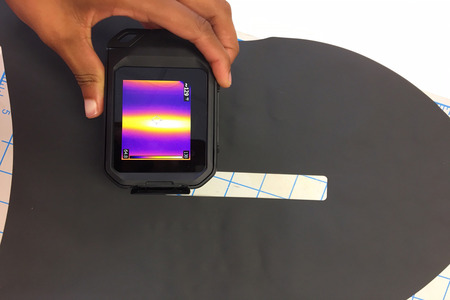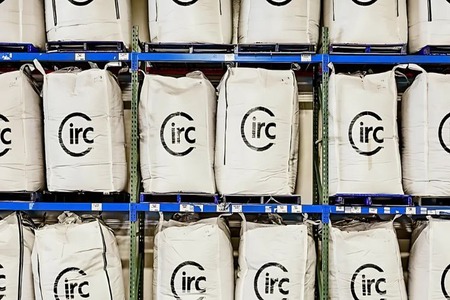
New spinning charkha innovated to produce weft yarn of eri silk
YarnsandFibers News Bureau 2015-07-28 17:00:00 – GuwahatiAssam is one of the largest eri cocoon producing States of the country, due to the lack of proper equipment to produce the weft yarn from these silk cocoons, State’s artisans have now gradually started withdrawing from their tradition of weaving eri cloths, a natural warm silk cloth made of the yarns derived from the cocoons of eri worms. which are known to be wholly organic and hence have a great demand in other parts of the country and abroad as well.
To take away the problem of spinning the weft yarn of eri silk, A new charkha has been innovated with an aim at checking the massive flight of eri cocoon to other parts of the country, which are either not known for their traditional eri culture or far behind the State in eri cocoon production.
The new charkha, innovated by former North Eastern Institute of Science and Technology (NEIST, formerly Regional Research Laboratory), Jorhat SN Choudhury and his mechanical engineer son KN Choudhury at the workshop they have set up at their Shreenagar-based house here and named – Choudhury Eri Spinning Charkha-II – is expected to remove this problem and State’s artisans would now be able to weave their cloths comfortably and thus the flight of eri cocoons from the State could be prevented.
The charkha innovated by Choudhury and his son can be operated manually and its weight is around 6.5 kg and it can be operated from both right and left directions through an adjustable pedal. The equipment is made of wood, brass and steel parts, bearing and bushings. Even children can operate it.
Noted sericulture entrepreneur Chandan Keshab of Boko Milanpur, who is a member of a Boko-based large eri producers’ group, said that their group has been testing the equipment for the past one year and found that it has been able to reduce the time period of production of weft yearn.
About 250 grams of weft yarn of about 25 counts could be produced with the help of this equipment within eight hours.
SN Choudhury said that experiments are going on also on the amount of warp eri yarn the equipment can produce. The idea to invent this charkha came to mind because of the low output of the existing eri charkha, which led to the massive flight of eri cocoons to various parts of the country, affecting the sericulture industry of the State.
Choudhury has been feeling the need of such a charkha, following the invention of a charkha by his father late Jnanananda Choudhury, a former teacher of the city’s Arya Vidyapeeth Higher Secondary and Multipurpose School in the 1950s. His father’s charkha is known as the Choudhury Eri Spinning Charkha No. 1 and it was well received by the NE artisans and traders involved in the sector. It was exported to some South Asian countries too.
Market Intelligence
Ask for free sample Report

experience
Customer Base
dedicated team
Countries Served Worldwide









